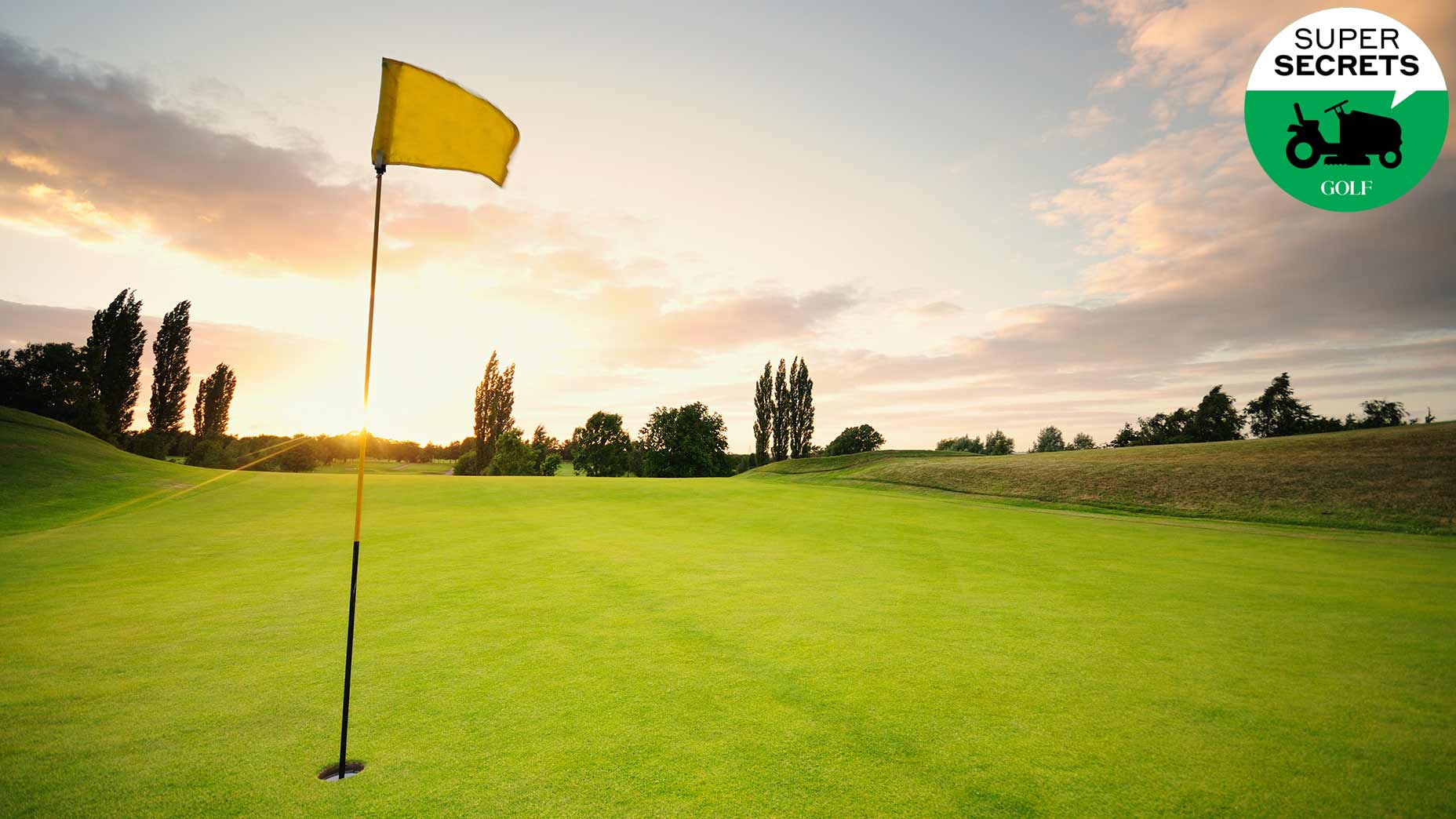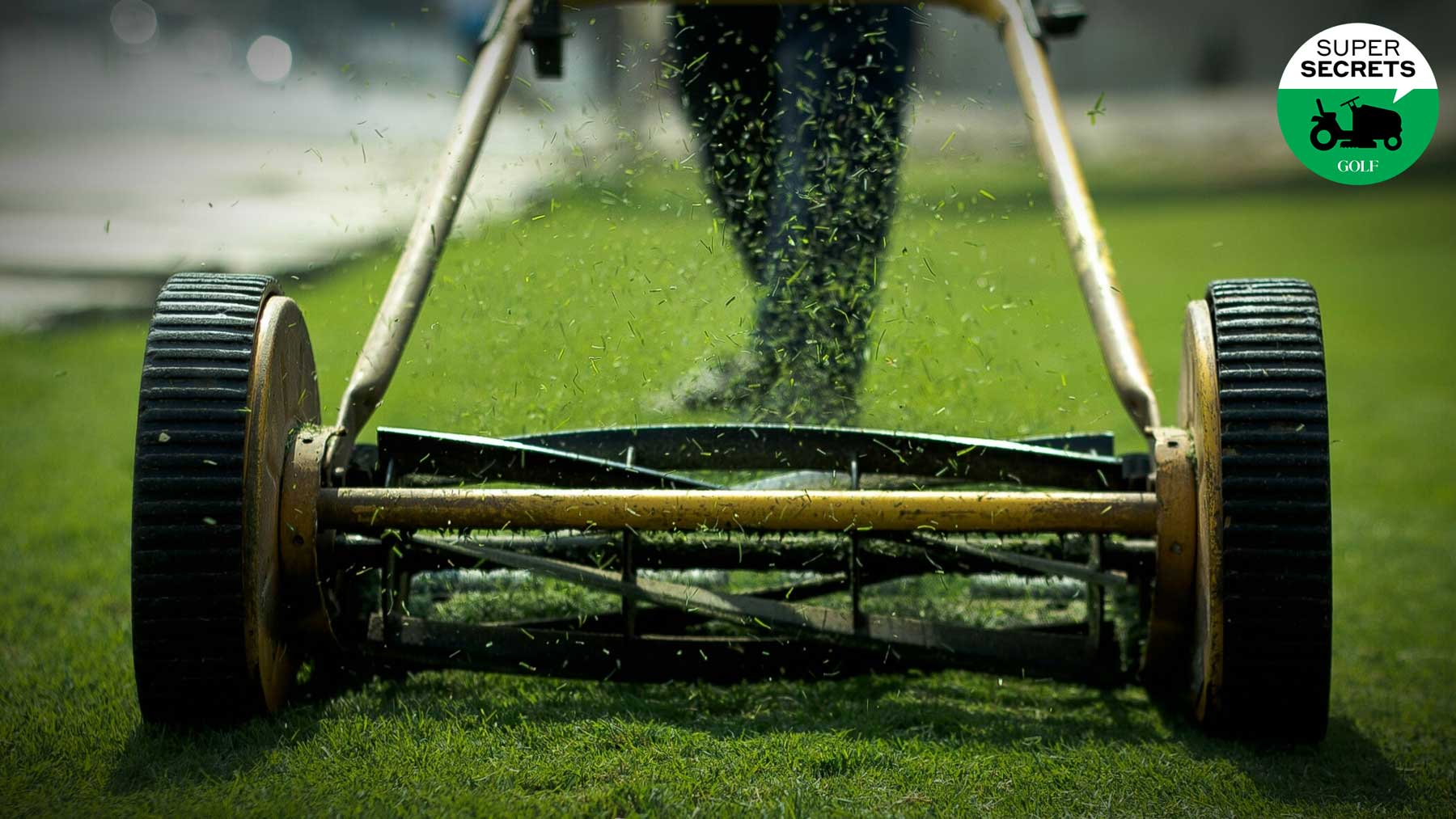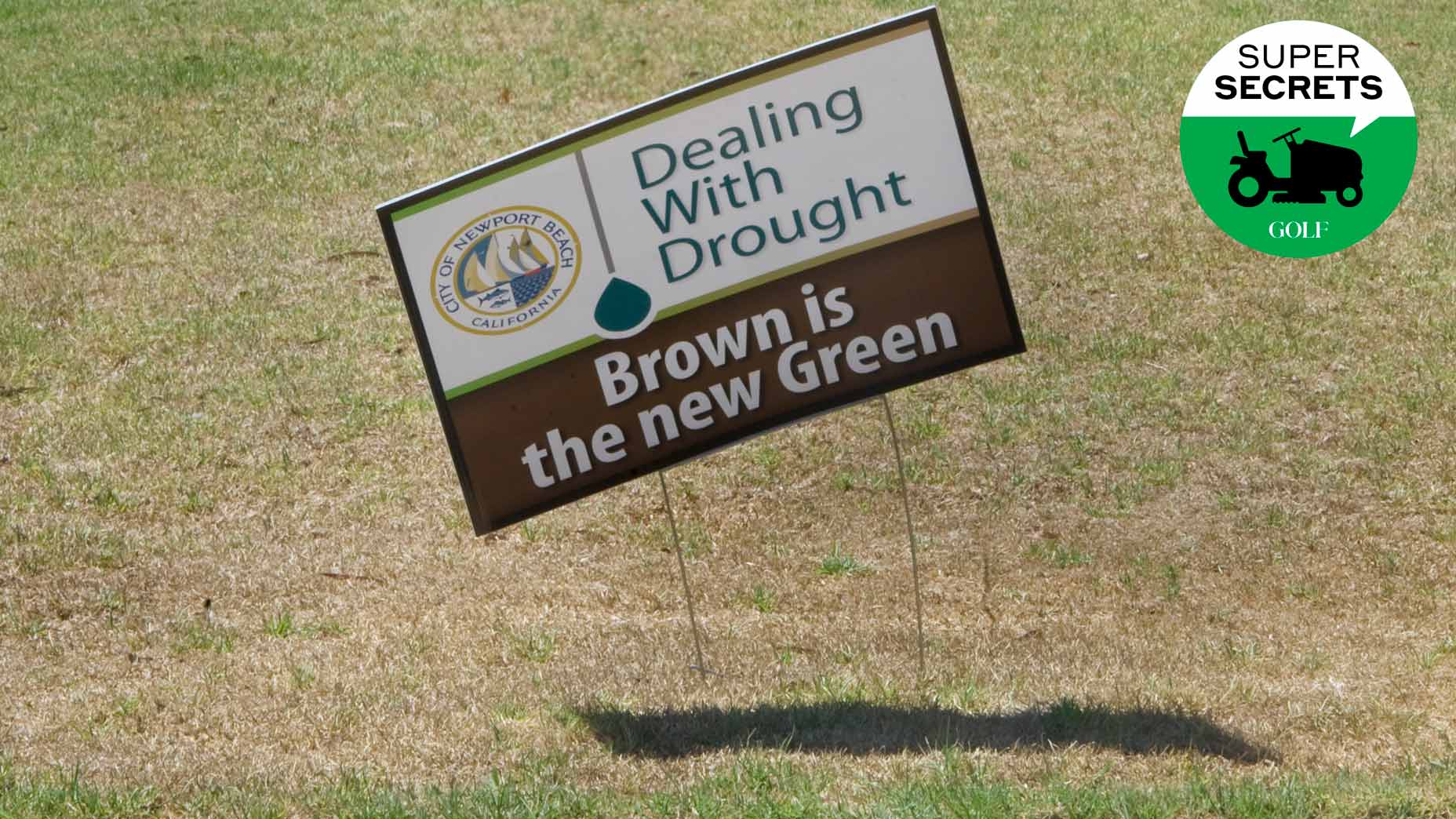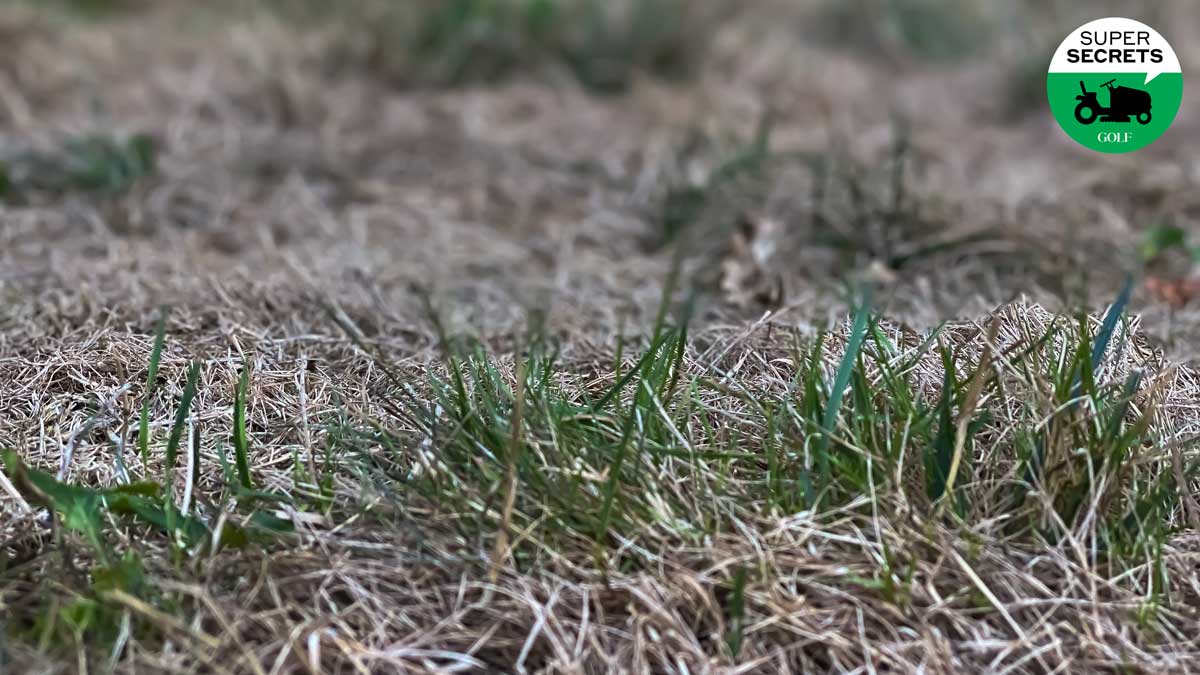Some people are lawn and gardening experts. The rest of us have mulch to learn.
With spring in full swing and mulching on many homeowners’ minds, we turned to David Fisher for an education on the topic. As a landscape architect with Pinnacle Design Company, a La Quinta, Calif.-based international landscape architectural firm that specializes in golf courses, resorts and residential communities, Fisher works with mulch for reasons both aesthetic and pragmatic.
For starters, mulch makes beautiful ornamentation. But it also suppresses weeds and reduces soil compaction and erosion while retaining moisture and insulating plant roots from damaging cold. Assuming, that is, that you use it correctly. To that end, we asked Fisher for a list of mulching dos and don’ts. Here’s his easy-to-follow 6-point guide.
1. Find the right kind
Mulch comes in a range of sizes, colors, shapes and costs. Most nurseries carry varieties that are well-suited to the surrounding area. But do your own research and ask questions to ensure you get a mulch that fits your budget as well as the shades and textures of your yard.
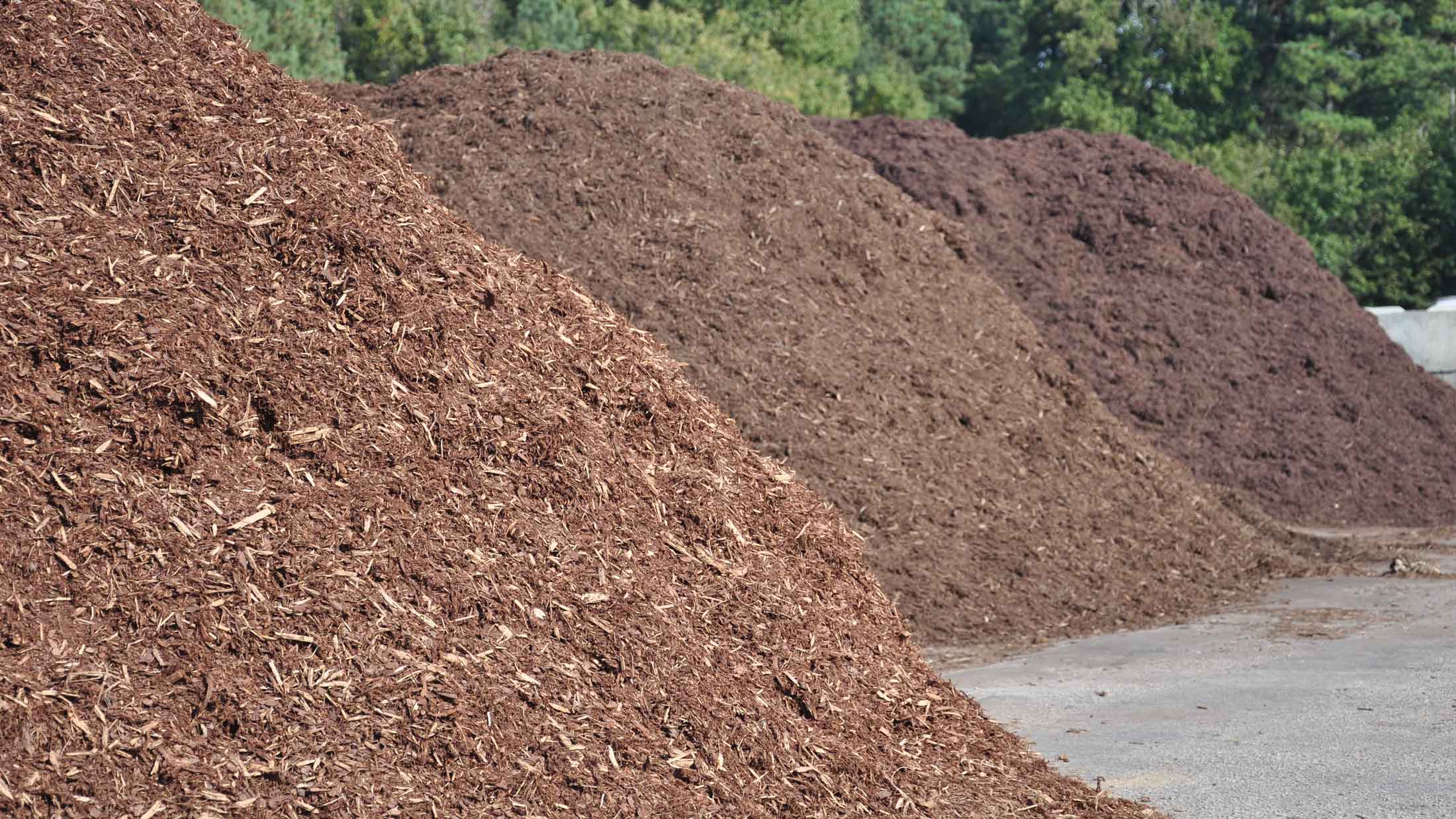
2. Don’t over-mulch
Spring is primetime for replenishing mulch or adding a first layer, especially after a cold or snowy winter. Mulch provides insulation for plant and tree roots, helping warm soils to growth-conducive temperatures. It also blocks sunlight so that weeds can’t thrive.
6 lawn-care musts for springtime prep, according to a golf-course superintendentBy: Josh Sens
But take care not to overdo it. An overly thick layer of mulch can have a suffocating effect, preventing air from getting to the surface of the soil. A deep blanket of mulch is also prone to excess dampness, which can lead to fungus and other unwanted growth. On top of that, a towering pile of mulch is difficult to walk on.
So, what’s the right amount? This depends on a range of factors, including climate and soil conditions. But as a general rule, about a three-inch layer of mulch should do it. Any more than that is likely too much of a good thing.
3. Mind the grind
In the golf industry, mulch is a popular material for turf reduction projects, an aesthetically pleasing, water-saving substitute for grass. But the mulch used on courses is not necessarily the kind you want to use in your backyard. For playability purposes, mulch on courses tends to be ground-down and fine-textured, a composition that can stifle airflow. Around plants and trees in your yard, you’re better off with larger, bark-like mulch, with nice open passageways that allow air to get in and out.
4. Don’t bark up the tree
Mulch around a tree is great. But mulch too close to a tree can lead to root rot. One way to play it safe is to identify the root flare — that’s the point where the trunk transitions into the roots — and make sure that area is mulch-free.
5. Don’t take a blanket approach
4 quirky lawn care tips we learned from golf course superintendents in 2020By: Josh Sens
In addition to mulching, many homeowners lay down landscape fabric for weed control. If you really want to do it, Fisher isn’t going to fight you on it. But he doesn’t recommend it. For starters, laying down the fabric properly is a labor-intensive job that calls for cutting out holes for your plants and trees. The fabric is also prone to tearing and — even more commonly — coming to the surface as the ground contracts and expands over time.
An exposed tarp is not a great look. It would help if homeowners buried them deeper. But too often, Fisher says, people only dig down a couple of inches, when they really should be going at least four inches deep. That, of course, creates more work. Fisher’s preference is to go without the fabric, and if weeds pop up every now and then, well, weed them out.
6. Don’t water your mulch
Duh, right? Still, it’s easy to do if you aren’t paying attention. First of all, it’s a waste of water. But beyond that, if your water has a high calcium content, it can wind up turning your bark white.






